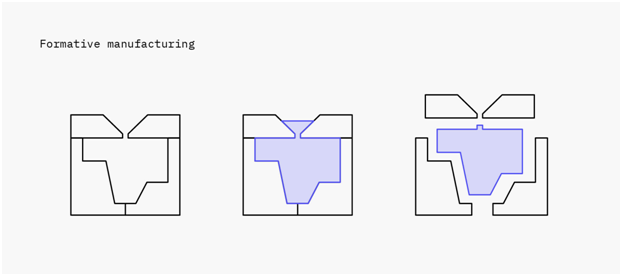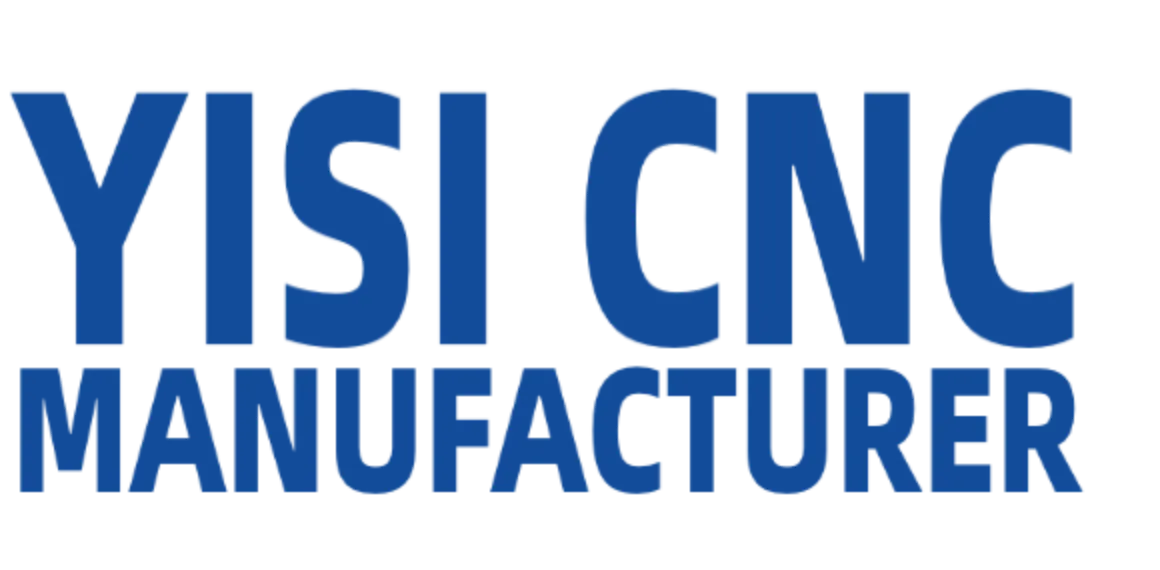3D printing technology can be used for rapid prototyping, tools, fixtures, and other parts in the automotive and transportation fields. For the automotive industry, compared with other development processes, 3D printing services can take ideas from the design studio to the production workshop in less time, and quickly print prototypes of various available parts through 3D printers, which is more convenient for enterprises to test and produce.
3D Printing Design Guidelines (Key Features of 3D Printing)
The fabrication of 3D printed products is based on the design files. There are some details and features that always need to be taken into account when designing a 3D printing part, but the best result varies depending on the different 3D printing services.
| Supported Walls | Unsupported Walls | Support & Overhangs | Embossed & engraved details | Horizontal bridges | Holes | Connecting or moving parts | Escape holes | Min. feature size | Min. pin diameter | Max. tolerance | |
|---|---|---|---|---|---|---|---|---|---|---|---|
| FDM | 0.8mm | 0.8mm | 45° | 0.6mm wide & 2mm high | 10mm | ⌀2mm | 0.5mm | - | 2mm | 3mm | ±0.5% (lower limit ±0.5mm) |
| SLA | 0.5mm | 1mm | Support always required | 0.4mm wide & high | - | ⌀0.5mm | 0.5mm | 4mm | 0.2mm | 0.5mm | ±0.5%(lower limit ±0.5mm) |
| SLS | 0.7mm | - | - | 1mm wide & high | - | ⌀1.5mm | moving parts: 0.3mm Connections: 0.1mm | 5mm | 0.8mm | 0.8mm | ±0.3% (lower limit ±0.3mm) |
| MJ | 1mm | 1mm | Support always required | 0.5mm wide & high | - | ⌀0.5mm | 0.2mm | - | 0.5mm | 0.5mm | ±0.1mm |
| BJ | 2mm | 3mm | - | 0.5mm wide & high | - | ⌀1.5mm | - | 5mm | 2mm | 2mm | Metal:±0.2 Sand:±0.3mm |
| DMLS | 0.4mm | 0.5mm | Support always required | 0.1mm wide & high | 2mm | ⌀1.5mm | - | 5mm | 0.6mm | 1mm | ±0.1mm |
Design Guidelines for All 3D Printing Techniques
The 3D printing design is important as it influences the difficulty, cycle time, and cost of follow-up manufacturing. When it comes to design tips, some rules are applicable to all 3D printing processes, and some will be limited to a specific technology.
| FDM | 200 x 200 x 200 mm for desktop printers, up to 900 x 600 x 900 mm for industrial printers |
| SLA | 145 x 145 x 175 mm for desktop printers, up to 1500 x 750 x 500 mm for industrial printers |
| SLS | 300 x 300 x 300 mm, up to 750 x 550 x 550 mm |
| DMLS/SLM | 250 x 150 x 150 mm, up to 500 x 280 x 360 mm |
| MJF | 380 x 285 x 380 mm |
Supports are a type of structure of a part, that can help to prevent deformation and secure the part to the printing bed during the 3D printing process. Can you print without supports and when do you need that? Yes, you can 3D print without support. Take the FDM 3D printing as an example, when a feature is printed with an overhang of more than 45 degrees, it may sag enough to destroy the part, at this point you need a support structure. In another case, bridging allows parts to be printed without the use of support material and with minimal sag because hot materials can be stretched out. But if the bridge is longer than 5 mm and you need a good surface finish, a support structure is required. In addition, SLA and DLP 3D printers generally use supports.
Another critical parameter in 3D printing manufacturing is the part orientation, which refers to the way in which the part is in contact with the build plate, it has an impact on the accuracy, time, strength, and surface finish of a 3d printed product. The best build orientation would be different in various examples, however, here are some tips that may be helpful for choosing the way of the part orientation.
- Find the face that can provide the best adhesion to the build plate and the highest stability.
- If the product needs to be subject to stress, then it should be oriented to ensure the direction of the minimum applied stress is parallel to the build direction, which is usually the vertical direction.
- Be clear about the build volume of the 3D printer.
- FDM prints are easier to delaminate and fracture in the Z direction than in the XY direction when subjected to tension.
- Orient the part to make overhangs of less than 45° are minimized.
- In the vertical direction, cylindrical features print more precisely than in the horizontal.
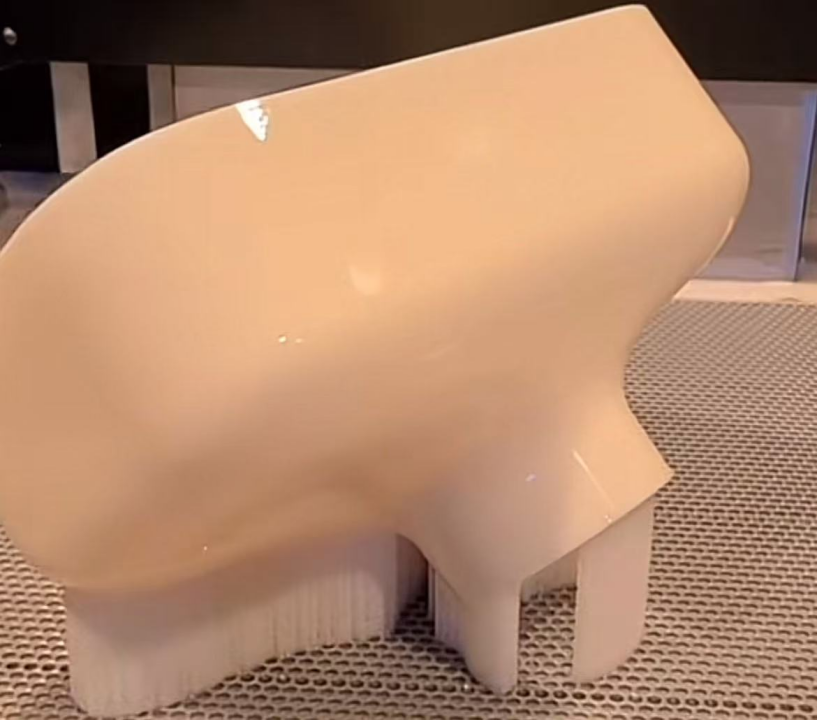
The dimensional accuracy refers to how accurate the size and form of the printed part are compared to that in the CAD design. Factors that affect dimensional accuracy include material quality, equipment, post-processing, and more. Dimensional tolerance, shrinkage, and support requirements are three key elements to measuring dimensional accuracy. Below are the dimensional tolerance of different 3D processes.
| FDM dimensional tolerance | prototyping (desktop):±0.5% (lower limit:±0.5 mm), industrial:±0.15% (lower limit:±0.2 mm) |
| SLA dimensional tolerance | prototyping (desktop):±0.5% (lower limit:±0.10 mm) industrial:±0.15% (lower limit:±0.01 mm) |
| SLS/MJF dimensional tolerance | ±0.3% (lower limit:±0.3 mm) |
Layer height is a measurement of the amount of material extruded by the printer's nozzle for each layer of your part. It is measured in microns or millimeters. The selection of layer height is important for some 3D printing technologies, such as SLA and FDM. Below are the typically applied layer height for different processes.
- FDM: 50 - 400 μm
- SLA: 25 - 100 μm
- SLS: 80 - 120 μm
- MJF: 80 μm
- DMLS/SLM: 30 - 50 μm
3D Printing Metal Materials Guide
3D printing and prototyping have advanced development in recent years. With these improvements, metal 3D printing has become a possibility. Metal 3D printing is used in a variety of sectors. Companies that use metal 3D printing are discovering that 3D printing complicated metal parts in low quantities is considerably more cost-effective than traditional methods of production. Metal 3D printed items are cheaper and have a wider range of material alternatives. Aluminum is a popular metal for 3D printing since it is both sturdy and lightweight. Steel is another extensively used material that is perfect for industrial applications due to its strength, good polish, and temperature tolerance. Metal 3D printing is utilized in a wide range of sectors for a variety of purposes. Functional prototypes, end-use parts, Jigs, tooling, and fixtures are some of the applications.
| Metals | Applications |
|---|---|
| Stainless steel | Utensils, cookware, and other items that could ultimately come into contact with water |
| Bronze | Vases and other fixtures |
| Gold | Rings, earrings, bracelets, and necklaces |
| Nickel | Coins |
| Aluminum | Thin metal products |
| Titanium | Strong, solid fixtures |
3D Printing Plastic Materials Guide
YiSi CNC provides plastic 3D printing services with constantly high efficiency and quick turnaround. Advanced 3D printers and optimal materials allow us to ensure both cheap prices and premium quality.
| Plastics | Features | Applications |
|---|---|---|
| ABS | Tough, strong, durable, heat-resistant, cost-effective, flexible, reusable, not biodegradable | Car bodies, appliances, and mobile phone cases |
| PLA | Easy to work with, environmentally friendly, biodegradable, available in resin and filament with a variety of colors | Food packaging, biodegradable medical devices and implants |
| PVA | Water-soluble | Often use to create a support structure for portions of a product that may warp or collapse |
| PP | Affordable, chemical resistant, flammable, and degrades with UV light | Household containers, lab equipment, and textiles |
| Nylon/PA | Strong, lightweight, durable, heat and impact-resistant, but not resistant to strong acids and bases | Applications that require high mechanical properties and functional prototypes |
| PEI | Can withstand high heat | Injection mold tools and heat-resistant components |
| PC | Heat resistant up to 135 °C, durable, impact and shatter resistant, moderately flexible, transparent, electrically non-conductive | Prototype windows and other clear products |
| PMMA/Acrylic | Good impact strength, comparable clarity, and UV absorption properties | Automobile headlights, commercial aquariums and other alternatives to glass |
| CPVC | High heat distortion temperature, chemical inertness, dielectric, and flame and smoke properties | Chemical processing, power generation, semiconductor, wastewater treatment |
| PEEK | Wear-resistant, good weight-to-strength ratio, high thermomechanical properties | Medical custom-made implants, devices, aerospace and automotive parts |
| PETG | High impact resistance, excellent chemical and moisture resistance | Compliant mechanisms, water bottles, electronic enclosures |
| TPU | Flexible, abrasion-resistant, resistant to impacts and many chemicals | Sporting goods, aerospace and automotive |
| PETP/Ertalyte | High dimensional stability, mechanical strength, low moisture absorption, physiologically inert | Thin films, containers for liquid drinks |
Types of 3D Printers
There are a bunch of different types of 3D printers on the market, and they can be used to print different materials. While three of the most plastic 3D printers are SLA, SLS, and FDM.
SLS (Selective Laser Sintering)
the materials used are nylon, metal powder, PS powder, and resin sand. The powder is turned into a tightly integrated whole by sintering, rather than melting it into a liquid state. Under laser scanning, the parts are covered layer by layer, and finally, the parts are submerged in a pile of powder. After cooling for 12-14 hours, the remaining powder can be recycled.
SLA (Stereolithography)
SLA 3D printers utilize an excess of liquid plastic that eventually solidifies into a solid product. Typically, the surfaces of parts produced by stereolithography 3D printers are smooth. the material used is photosensitive resin. The laser with a specific wavelength and intensity is focused on the surface of the photocurable material to solidify it from point to line and from line to surface in order to complete the drawing of one layer. Then the lifting table moves one layer in the vertical direction and solidifies another layer. In this way, the layers are stacked to form a three-dimensional entity.
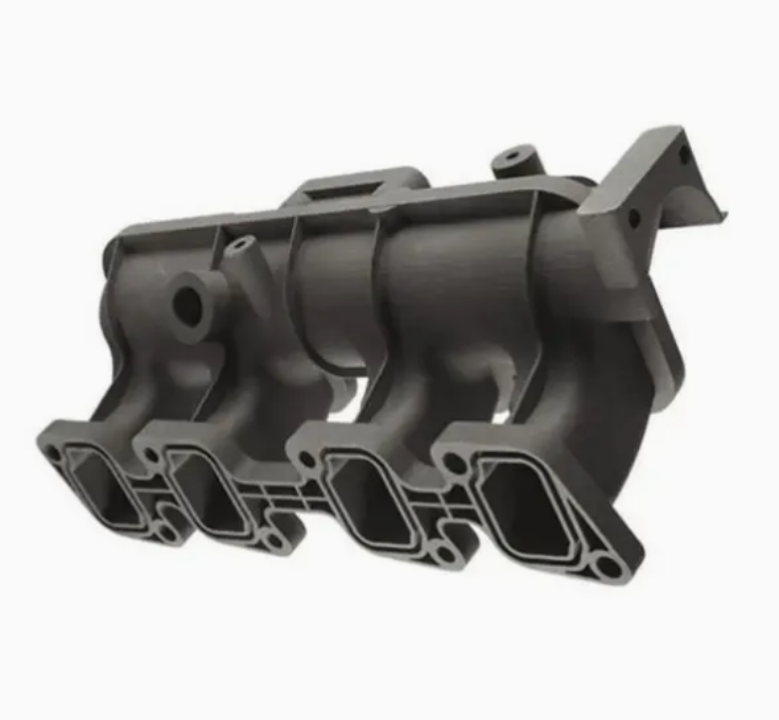
FDM (Fused Deposition Modeling)
Thermoplastic filament is heated and extruded by FDM 3D printers to manufacture items layer by layer, from the bottom up, using a bottom-up construction method. the printing materials used are polylactic acid and ABS plastic. This technology extrudes filamentous materials, such as thermal plastics, wax, or metal, from heated nozzles, and deposits the melt at a fixed rate according to a predetermined trajectory of each layer of the part.
DLP (Digital Light Processing)
photosensitive resin is used. DLP laser forming technology is similar to SLA technology, but it uses a high-resolution digital optical processor projector to cure liquid photopolymer and photocured layer by layer.
SLM (Selective Laser Melting)
SLM accounts for the main part of metal 3D printers, the materials used are titanium alloy, cobalt chromium alloy, stainless steel, and aluminum alloy. The metal powder is melted by a high-energy ytterbium fiber laser to form multi-purpose three-dimensional parts.
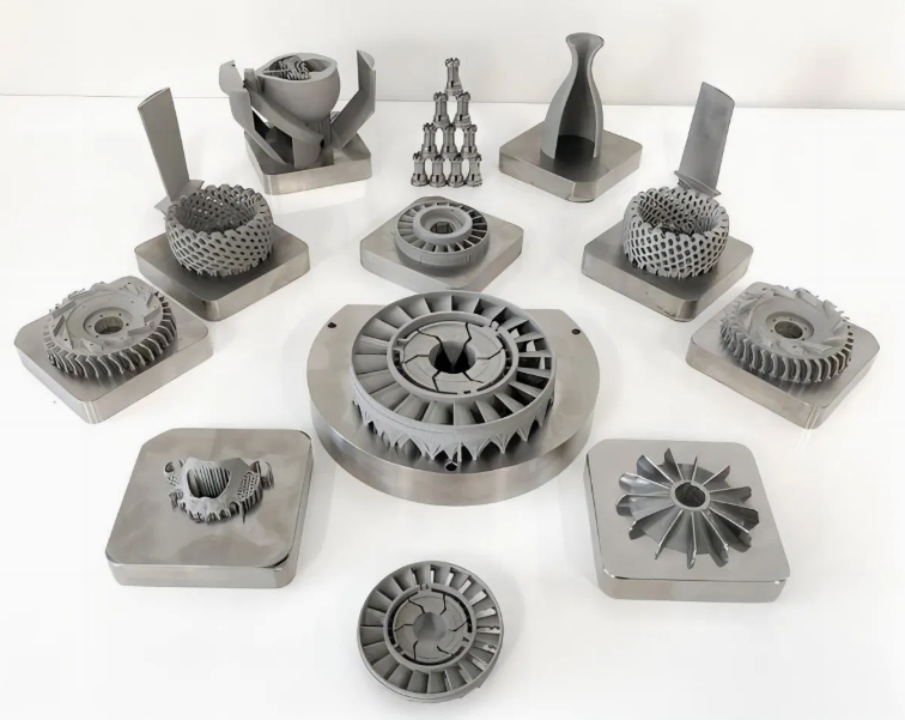
Applications and Uses of 3D Printing
3D printing parts and products can be found in a wide range of industries, and the use of 3D printing services also promotes the innovation and progress of many sectors.
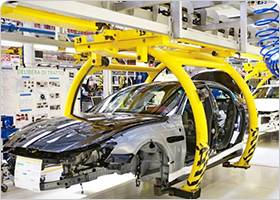

due to the requirements of weight reduction and strength, the proportion of complex structural parts or large heterogeneous parts in aerospace equipment is increasing, which is the advantage of 3D printing. It is highly sensitive to the performance requirements of parts and relatively insensitive to price, which is also conducive to the adoption of 3D printing technology.
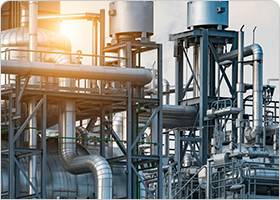
most of them are core printing of injection molds, part manufacturing on some non-standard equipment, and the application of auxiliary tooling on the production line.

it makes use of the customization advantage of 3D printing to give products more personalized features to attract different groups. - Medical: customized medical devices, in particular, matches the characteristics of 3D printing very well. At present, they have good prospects in dentistry, orthopedic implants, rehabilitation orthosis, etc.
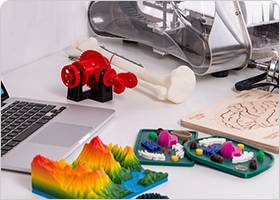
3D printing technology can be used as technical support for educational research, college and university teaching in the field of education, and also as a learning tool for professional skills in vocational schools. It can enable students to gain important academic experience, establish interdisciplinary collaboration, and even cultivate students' entrepreneurial spirit.
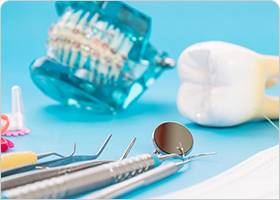
3D printing technology is mainly used for the production of orthodontic models in the field of dentistry. Because of its small size and powerful functions, even a small laboratory can directly scan from the mouth to the internal production through a seamless digital workflow. Save time, materials, and storage space, and the produced appliances are more accurate and comfortable.
We offer 3D printing capabilities for plastics including but not limited to PLA, ABS, Nylon, PETG, TPU, PEI, PP, PC, PMMA, PVA, etc.
Many factors affect the cost of 3D printing. First of all, without a 3D model, it is impossible to evaluate the price. Even experienced engineers can not quote accurate prices without a 3D design. The total volume of the part can be calculated based on the design, including the supports. Then the required materials are calculated. The more materials are used, the higher the cost. The prices of different materials are also very different. The major categories, there are mainly plastics, metals, ceramics, biological cells, etc. There are many kinds under each major category, and the price of metal is much higher than that of plastic. Now plastic is the most widely used material in 3D printing. In addition, the printed parts need to be cured, cleaned, polished, colored, and other surface treatments before they can be considered for use. The use of post-processing will also generate corresponding costs.
3D printed plastic is strong, particularly when specific filaments like PEEK or PC are employed. These materials are also utilized in the production of bullet-proof glass and riot shields. It is possible to increase the strength of the print by adjusting the infill density, wall thickness, and print orientation.
Difference Between Metal and Plastic 3D Printing
| Materials | the most obvious difference between plastic and metal 3d printing, plastic is a more popular option. Because of this, it is more accessible than metal. Plastic is also considerably less expensive than metal. Because of this, it is common knowledge that beginners typically go for plastic. In addition, there is a large selection of plastics available for use in 3D printing. However, only aluminum, stainless steel, titanium, and cobalt are now available as metals. |
| Design | 3D printing in plastic often takes less time to complete than 3D printing in metal. Plastic 3D printers are more energy efficient and allow for greater layer thickness while creating parts. However, 3D printing using metal materials can be time-consuming due to the complexity of the printers themselves. Complexity is required while working with plastic to create the required 3D item. In contrast to metal, however, it does not undergo the same rigorous testing. |
| Cost | Most plastic 3D printers are cheaper, aside from that, most of these 3D printers are rather simple to operate. ABS and other plastic filaments are inexpensive as well. Metals have a higher cost per build hour and a higher equipment investment requirement compared to plastics. Metal 3D printers and supplies are also quite pricey. |
| Difficulty | Plastic is the 3D printing material of choice for beginners. Materials made of plastic are also accessible in small amounts. The process of 3D printing with metals is complicated and not recommended for beginners. When 3D printing with metal, unlike with plastic, the material must be fed, melted, and hardened without losing its qualities. |
| Technology | The technology behind 3D printing plastic includes FDM, SLA, and SLS. Plastics of many types are used in these technologies. Powder-bed systems, including SLM and DMLS, are used for metal 3D printing. |
| Finishing | the post-processing of 3D-printed plastic objects is easy. The designer has several options for creating the intended appearance and feel of the thing, including using tools or doing the work by hand. Objects made using metal 3D printing typically require some sort of post-processing in order to enhance their mechanical qualities and aesthetic appeal. However, metals require more time and money to process after production. |
What is 3D Printing?
3D printing is an additive manufacturing process of creating three-dimensional solid parts from a CAD design or digital file by laying down successive layers of material. Each of these layers can be regarded as a thin cross-section of the object. 3D printing is a type of rapid prototyping technology, which uses powder metal or plastic, or other adhesive material to construct objects based on the model file. 3D printing was often used in mold manufacturing, but now we can find 3D printed components in jewelry, footwear, industrial design, architecture, engineering and construction, automotive, aerospace, dental and medical industries, education, GIS, civil engineering, firearms, and other fields.
How Does 3D Printing Work?
3D printing is a type of additive manufacturing process in which a 3D solid object created based on a computer-aided design through a layering method.
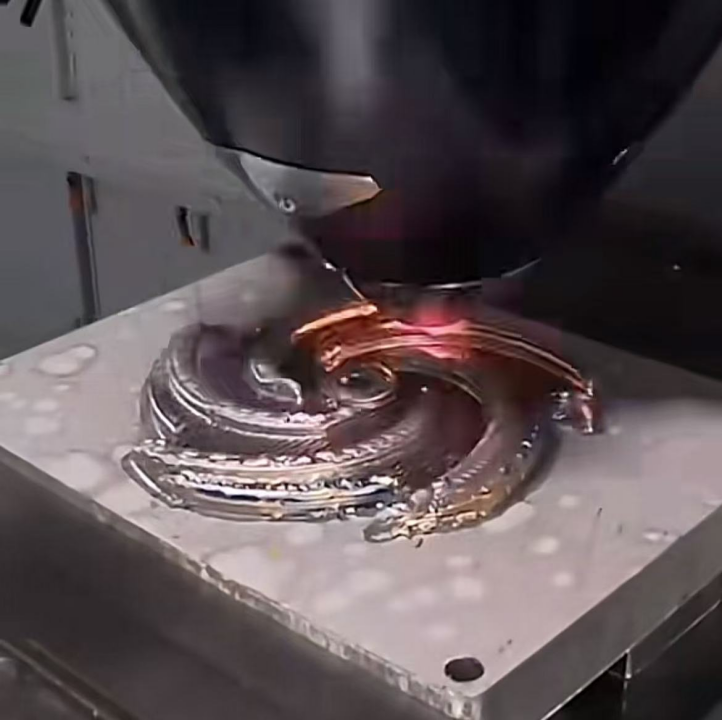
- First of all, a three-dimensional digital file of the object you want to print is needed. There are three different ways to get a 3D digital model: design, scan, and download. CAD is a common software to design a 3D model, popular CAD software includes AutoCad, SolidWorks, Tinkercad, and more. 3D scanning is a technology to analyze a real-world object and create a digital replica. You can also download one from a 3D library.
- Once you get a 3D model, you need to convert it into a proper file format. The most common 3D printing file format is STL, which is a usable file extension. Alternatives to STL are .OBJ and .3MF, these formats do not contain color information, if you need colored 3D printing objects, .X3D, .WRL, .DAE, and .PLY can be used. Ensure the file is printable.
- Slicing is the process of dividing the three-dimensional model into hundreds or thousands of layers, then generating the G-code to tell the machine how to execute the operation step by step. G-code is the most widely used CNC programming language applicable for CNC machines and 3D printers.
- Use 3D printers to complete the printing process according to automated G-code instructions.
- Remove the finished 3D printed parts from the printer. For some machines, it is easy, while the removal of 3D prints for some industrial 3D printers requires professional skills and specialized equipment.
- In some cases, additional steps or post-processing are needed to finish the production. For example, various surface finishing methods are used to improve the aesthetics and mechanical properties of 3D printed components.
Online 3D Printing Services – Plastic & Metal 3D Printing Service and 3D Printed Parts
YiSi CNC (YISICNC) offers online 3D printing services for rapid prototyping and production in volume. Our clients are across a wide variety of industries and companies, including automotive, construction, aerospace, defense, electronics, machinery, industrial automation, medical, healthcare, consumer production, oil & gas, etc. Accelerate your product development and manufacturing process with our industry-leading metal & plastic 3D printing service and 3D printed parts. We’ll find the best 3D printing solution for your projects, to lower your cost and shorten the lead time based on your needs, while maintaining the quality. From 3D prototyping to end-use parts production, multiple materials are available for custom 3D printing parts. Need an alternative to the traditional solution? Submit your 3D CAD file to get an online quotation quickly. Our 3D printing service ensures accuracy and speed. We can help you choose the most appropriate technology and material to match your applications or request.
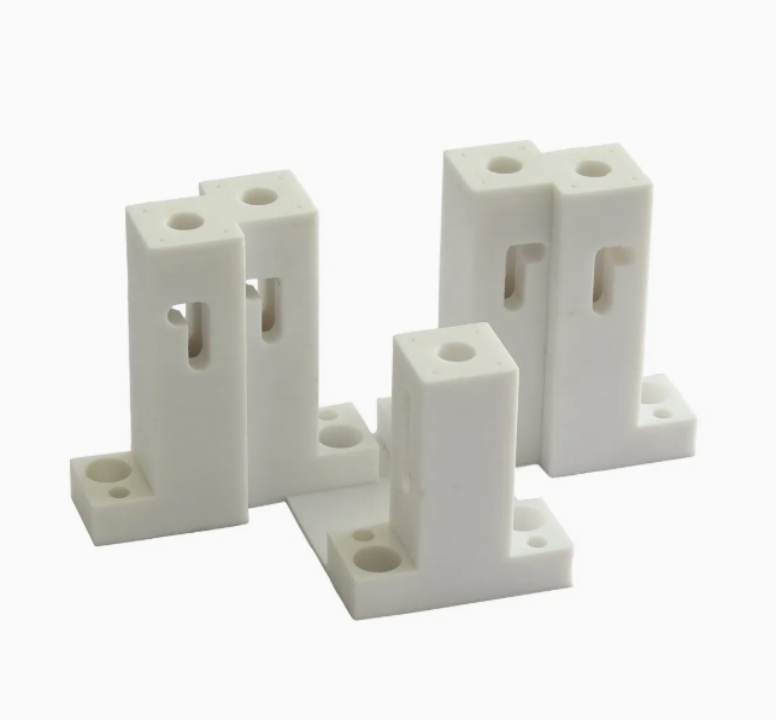
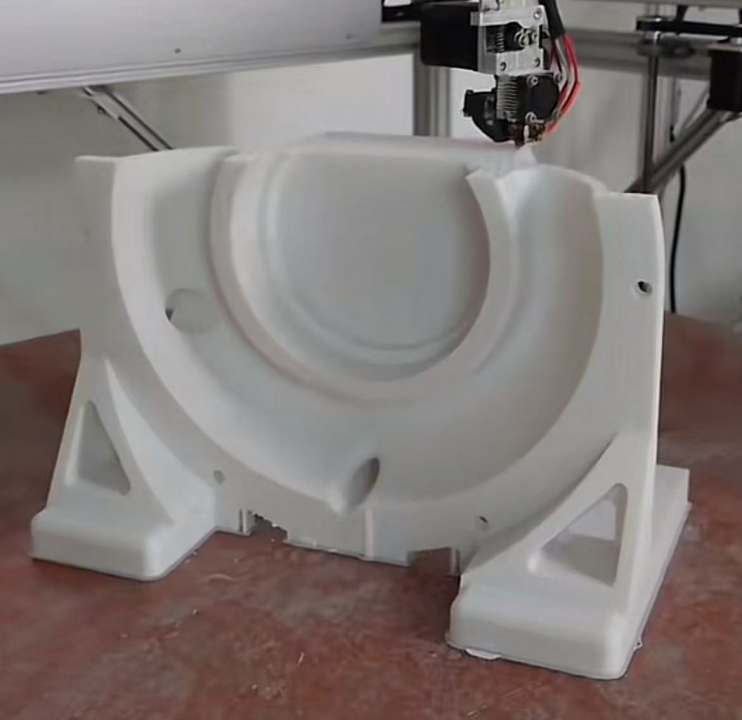
Advantages of 3D Printing
- Speed up the prototyping or production process greatly, prints objects within hours
- Allows the design and creation of more complex geometries
- Fewer machines and operators are needed to manufacture
- High flexibility and versatility allows almost everything to be created
- Allows the inclusion of multiple materials into a single object
- Layer-by-layer assembly enhances the design and ensures better quality
- Each successive individual part can be monitored to reduce failure and errors
- Does not need lots of space for inventory, print on demand based on the design
- Plastic 3D printed parts offer advantages in applications where lightweight is important
- Minimize the used materials, with little or no waste compared to cutting from large chunks
- 3D printing systems are much more accessible and require no additional person to run
- The technology is environmentally-friendly and sustainable
Why Choose YiSi CNC Online 3D Printing Services
- No minimum order quantity
- Metal or plastic 3D printed prototype and production parts in 7-10 days
- Precision custom 3D printing parts at affordable prices
- Online free quote in the shortest time
- Single prototypes or complex shapes are both allowed
- A wide selection of metal or plastic materials
- Commercial and industrial-grade 3D printers
- Cooperative supplier assistance project
- Provide a quick solution for small batches of complex prototypes
- We provide with our partner
- 3D printing services for metals and plastics
- Meet the rapid needs of complex prototype designers
Additive Manufacturing vs Subtractive Manufacturing vs Formative Manufacturing
Each type of manufacturing process has its own advantages and disadvantages. The following three manufacturing methods primarily differ in the way of processing materials.
1. Additive manufacturing: an intelligent manufacturing technique based on a digital model that builds three-dimensional structural items layer by layer. Compared to machining, casting, forging, and welding, additive manufacturing technology offers unparalleled benefits in the production of complicated structural components.
This method requires almost minimal time or money to initiate, which makes it excellent for prototyping. Rapidly produced components can be discarded after use. One of the primary characteristics of 3D printing is the ability to make parts with nearly any geometry. One of the greatest disadvantages of 3D printing is that the majority of pieces are naturally anisotropic or not entirely dense, meaning that they typically lack the material and mechanical qualities of parts created using subtractive or formative procedures. Due to differences in cooling or curing conditions, different prints of the same component are likewise susceptible to subtle variations, limiting consistency and repeatability.
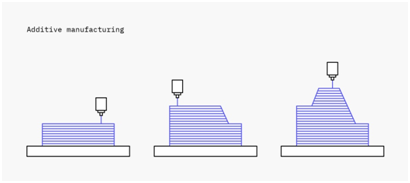
2. Subtractive manufacturing: involves the removal of materials to manufacture parts of the specified size. They are currently utilized in numerous industries, including aviation, automobile, medical, aerospace, etc. Typical subtractive manufacturing techniques include milling and turning, which create items by removing material from a solid material block.
Almost any material can be machined, making it a frequently utilized process. Due to the level of control over every component of the process, this technology is capable of generating extremely precise and repeatable parts. The most significant limitation of subtractive manufacturing is that the cutting tool must be able to reach all surfaces in order to remove material, which severely restricts design complexity. Despite the fact that machines such as 5-axis machines reduce some of these limitations, complex pieces must still be reoriented throughout the machining process, which adds time and expense. In addition to being a wasteful technique, subtractive manufacturing removes a substantial quantity of material to create the final part geometry.

3.Formative manufacturing: such as injection molding and stamping, generate products by shaping or molding materials using heat and/or pressure without the addition or subtraction of materials. The most ecologically beneficial alternative for large-scale production of the researched processes is a formative manufacturing process. However, a mold is typically required for formative production, resulting in rather expensive starting costs.
